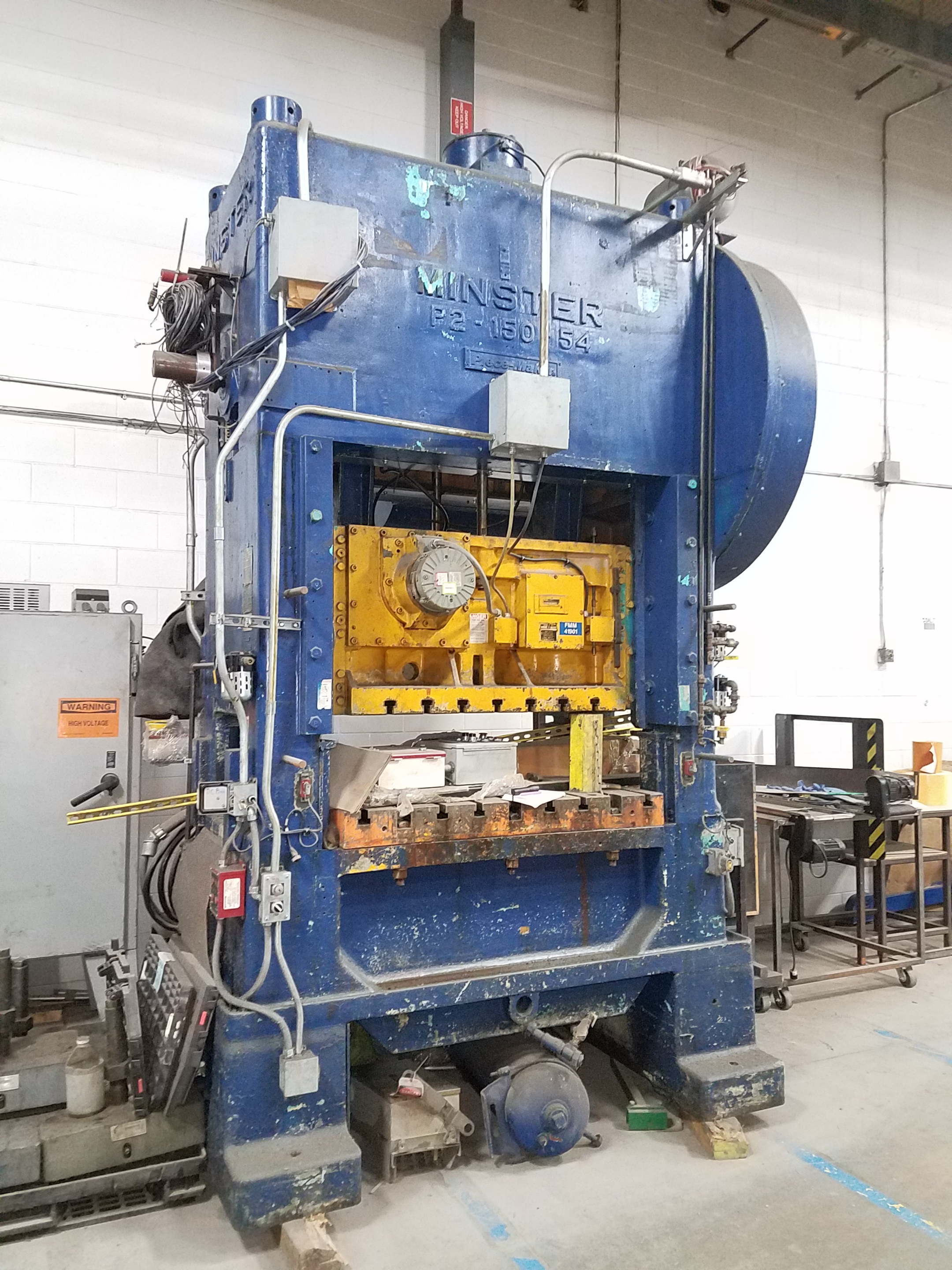


The owner of this Vault set the lowest possible minimum collateralization ratio and as such he or she can be described as risk averse when it comes to the possibility of being liquidated. In the last column, you have the current collateralization ratio and your minimum collateralization ratio set as part of your loan scheme. In the fifth column, you can see the form of collateral that you have put into your Vault, followed by the collateral value in USD. In the next column, you can see how much USD you have taken out for your loan. In the third column, you can see which dTokens have been taken out as a loan. Let’s have a look at the following Vault to see what information you can get from defiscan.live:įirst and foremost you can see the unique Vault ID and the status of your Vault. It’s a great source of information where you are able to see all details around your own Vault as well as every single Vault currently in existence on DeFiChain.
LIQUIDATION AUCTIONS FREE
If you want to check the status of your Vault, feel free to visit defiscan.live. In such an event, the whole collateral of your Vault is put up for action and the highest bidder will ultimately get it. If your actual collateralization ratio of your Vault –– which is calculated automatically and per block –– drops below your minimum collateralization ratio set in the loan scheme, then your Vault is liquidated. What is a liquidation and when does it happen? Most importantly, though, is to select a collateralization ratio that works best for you in order to prevent a liquidation. The ratio of your capital in your Vault (total collateral) and the loan taken out is called collateralization ratio.īoth factors –– the interest rate and the collateralization ratio –– should be taken into consideration when you choose the right loan scheme for your own purpose. There are a total of six distinctive loan options available: The cheapest starts at a 0.5% annual interest rate (APR) and a minimum collateralization ratio of 1,000%, and the most expensive one is 5.0% APR, at a minimum collateralization ratio of “just” 150%.īut what does this now mean for a user who wants to take out a loan? Well, there are two things to consider: Firstly, the interest rate someone is willing to pay and secondly, the amount of locked up capital to overcollateralize the loan. The similar thing happens on DeFiChain: When you default on your loan, your collateral will be seized and subsequently be auctioned off to the highest bidder.ĭeFiChain’s loan schemes are built in a way that you need more collateral than what you can take out as a loan.

If you stop paying back your mortgage or your loan (so to say, if you default on the payments), then your house or your car will be seized by the lender (bank). The concept of collateralization is very simple: Think for instance about your home mortgage or your car loan –– two common examples of collateralization. Simply put, collateralization is the use of a valuable asset to secure a loan –– in DeFiChain’s case, it’s secured by DFI, BTC, USDT or USDC. Firstly, we will look into the term collateralization. In this article, we would like to take a closer look at the mechanism behind Vaults and would like to address the following question: What happens when your collateral is no longer high enough to secure your loan? What is collateralization?īefore we dive deeper into the mechanism behind liquidations and auctions on DeFiChain, we first need to clarify some terms.
LIQUIDATION AUCTIONS HOW TO
In our previous article, we already walked you through the process of creating a Vault, adding collateral to your Vault, and we even showed you how to take out a loan in the form of a dToken like dTSLA or dGOOGL.

As a result, it’s now possible to mint, trade and even liquidity mine Decentralized Assets – also known as dTokens – with just a few clicks on your mobile phone, using our brand new DeFiChain light wallet. With the latest update, DeFiChain now supports the minting of Decentralized Assets via it’s proprietary loan mechanism.


 0 kommentar(er)
0 kommentar(er)
